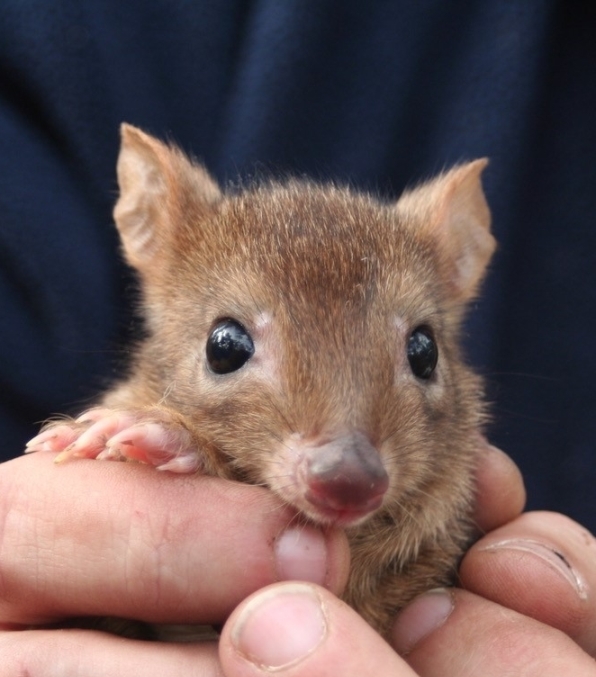Species translocations are an important conservation tool but are a highly complex undertaking. Traditionally, the success of wildlife management programs that involve breeding programs and translocations has been based on population stability or an increase in numbers of individuals. However, the IUCN recommends also considering genetic diversity as this has an impact on how well populations can adapt to changes in their environment. Despite the availability of mathematical models that describe how genetic diversity can be influenced by management, translating their predicted outcomes directly into effective actions is difficult. ARI has led several projects in collaboration with Murdoch University and the Western Australian Department of Biodiversity Conservation and Attractions, aimed to improve how models can inform the design of translocations, including establishing meaningful quantitative targets to measure success.

- A modelling framework was developed to investigate genetic diversity dynamics in association with other ‘real-life’ forces (e.g. breeding success, survival rates, etc.) that may have a substantial role in shaping the final genetic profile of a population, while providing practical management options. This enabled clear recommendations to be made, for example numbers of animals that needed to be moved to maintain gene flow between populations (instead of abstract concepts such as ‘effective migrants’ that are less useful for managers), and management targets that could be measured in the field
- We validated the framework using the Woylie (Bettongia penicillata) as a case study, by analysing genetic samples from several populations where translocations had occurred and testing various modelled scenarios
- We designed a trapping regime that ensures that animals sourced for translocations or associated breeding programs are unrelated.
As Victoria continues addressing conservation issues related to habitat fragmentation, bushfires and climate change, considerations on the effect of management actions on genetic diversity of native species is critical. The establishment and maintenance of sufficiently connected populations are likely to be primary tools to reduce species-level extinction risk. The approaches we have taken here can be applied to address these challenges.
For more information contact: carlo.pacioni@delwp.vic.gov.au
The following journal articles provide more information on the models and their development:
- Pacioni, C., Atkinson, A., Trocini, S., Rafferty, C., Morley, K. and Spencer, P.B.S. (2020) Is supplementation an efficient management action to increase genetic diversity in translocated populations? Ecological Management and Restoration 21(2): 123-130
- Pacioni, C., Atkinson, A., Wayne, A.F., Maxwell, M.A., Ward, C.G. and Spencer, P.B.S. (2020) Spatially sensitive harvest design can minimize genetic relatedness and enhance genetic outcomes in translocation programmes. Journal of Zoology (online early)
- Pacioni, C., Trocini, S., Wayne, A.F., Rafferty, C. and Page, M. (2020) Integrating population genetics in an adaptive management framework to inform management strategies. Biodiversity and Conservation 29: 947-966
- Pacioni, C., Wayne, A.F. and Page, M. (2019) Guidelines for genetic management in mammal translocation programs.Biological Conservation 237: 105-113
Page last updated: 29/01/25